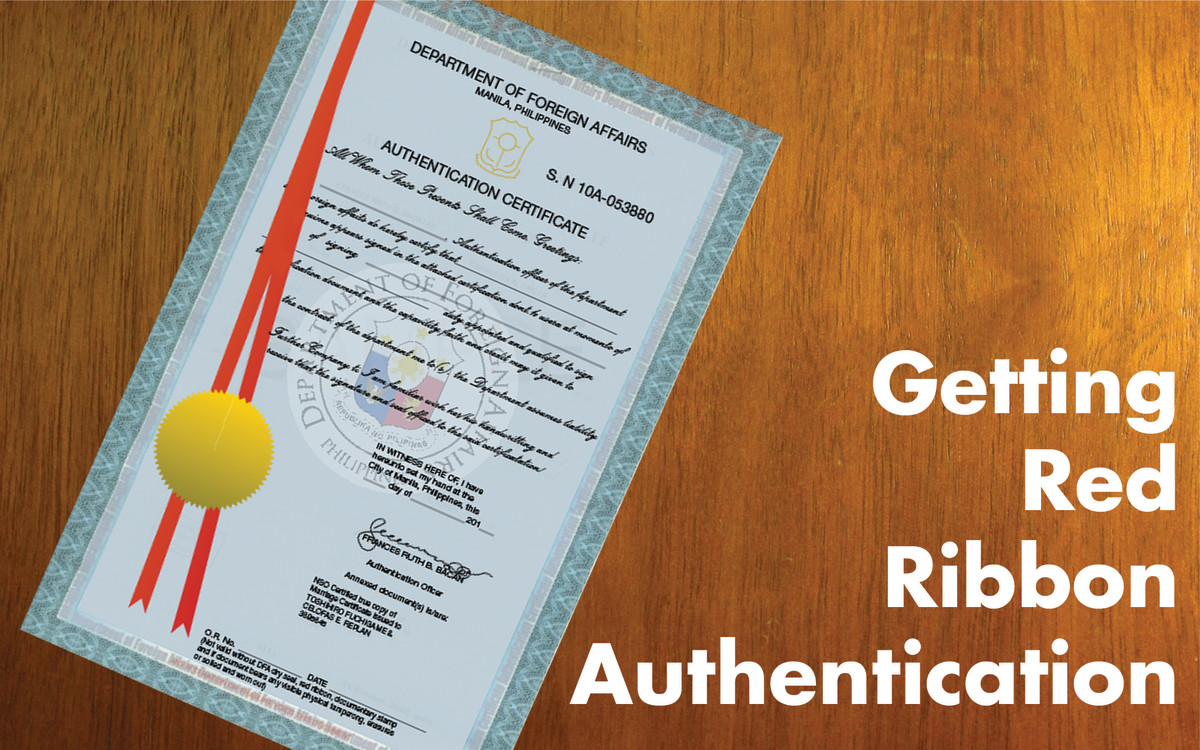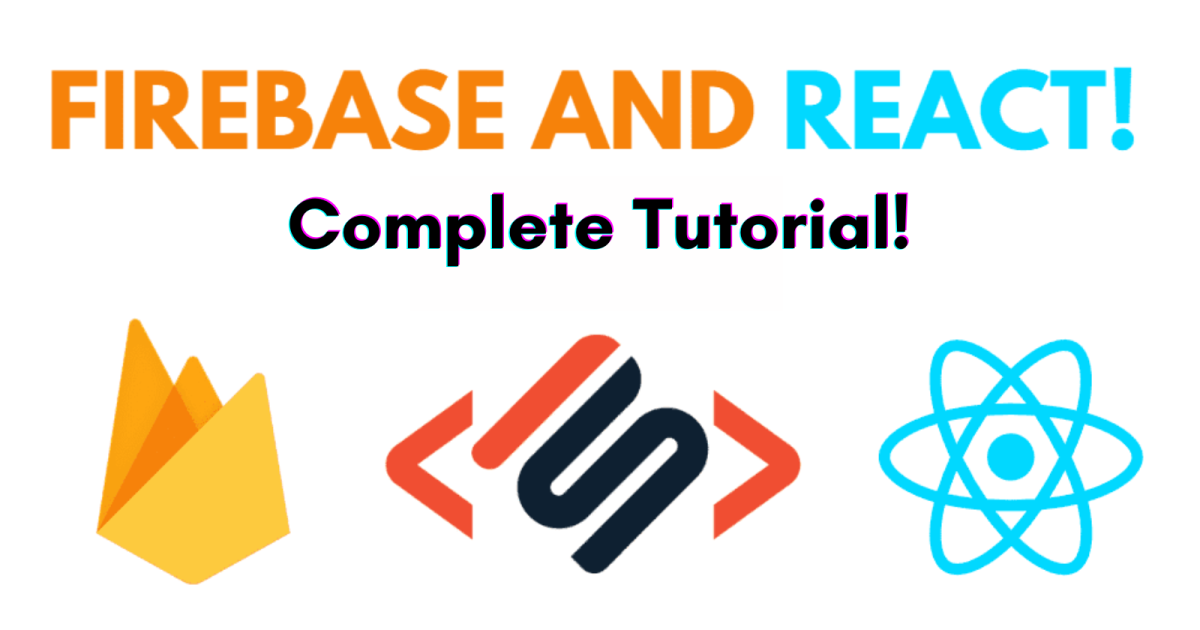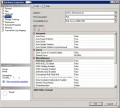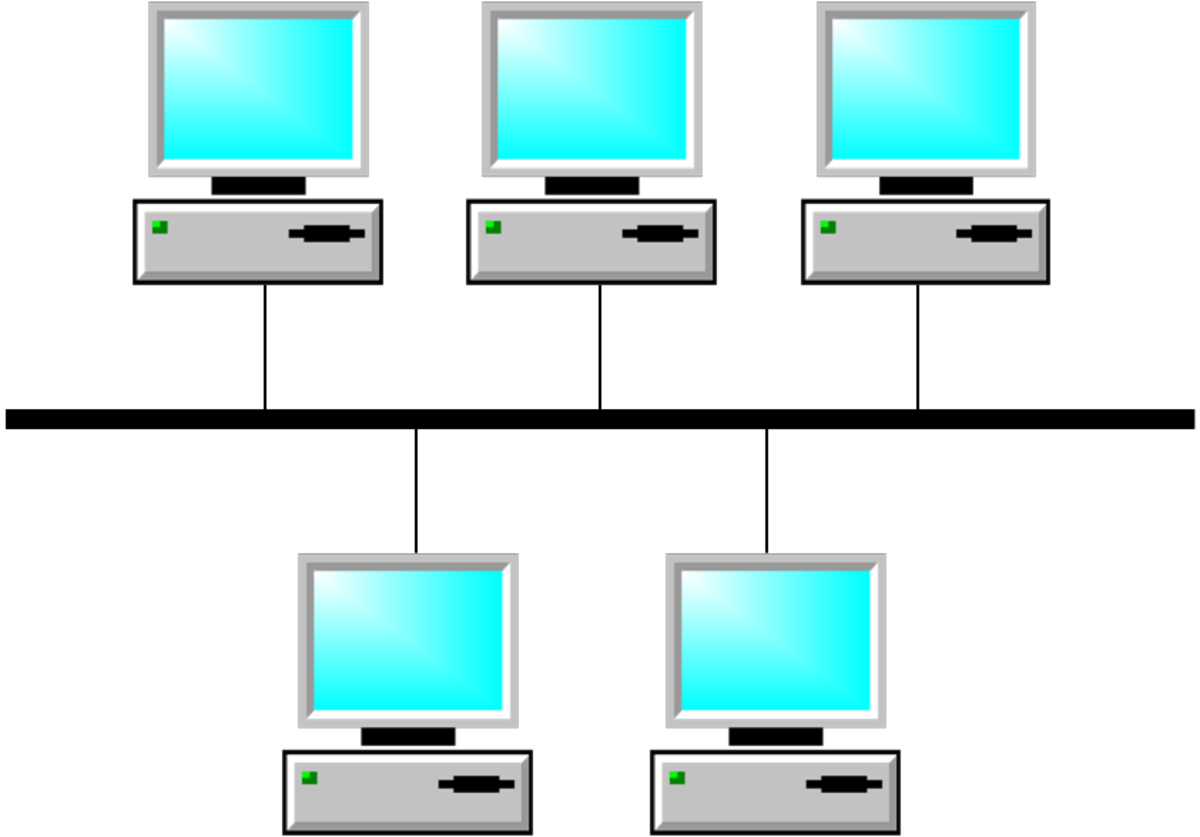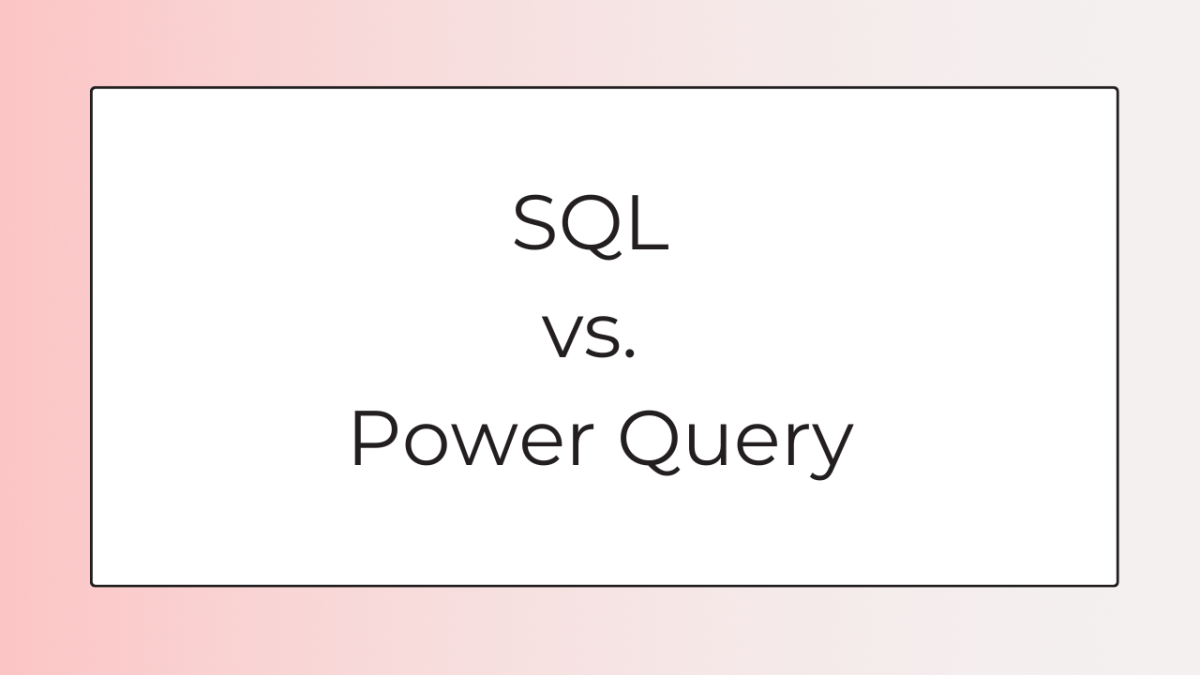- HubPages»
- Technology»
- Computers & Software»
- Computer Software
What is PDM?
What is PDM?
Data management refers to a central data repository for documents and electronic records. PDM stands for Product Data Management, a data management system that holds all the data needed to build and support a product.
PDM software applications contain drawings and supporting documents like work instructions and test documentation. Document records such as parts lists, Bills of Material, data from formal testing and simulations of engineering designs are often kept in PDM systems. In contrast, document management systems may only hold correspondence, contracts, customer contact lists and other records that were formerly paperwork.
Records management in PDM is not limited to drawings and product data. Budgets, legal document templates and training documents may be kept in PDM systems. Emails are generally not kept in PDM systems. Email documents can be saved as text, PDFs or screen shots and attached to PDM records. This is done when the email itself is the authorization to take action, such as approving a purchase, signing off on a document update or requesting a new user's account set up.
Many PDM software applications also support change management capability. PDM software can automate the change management process using workflows.
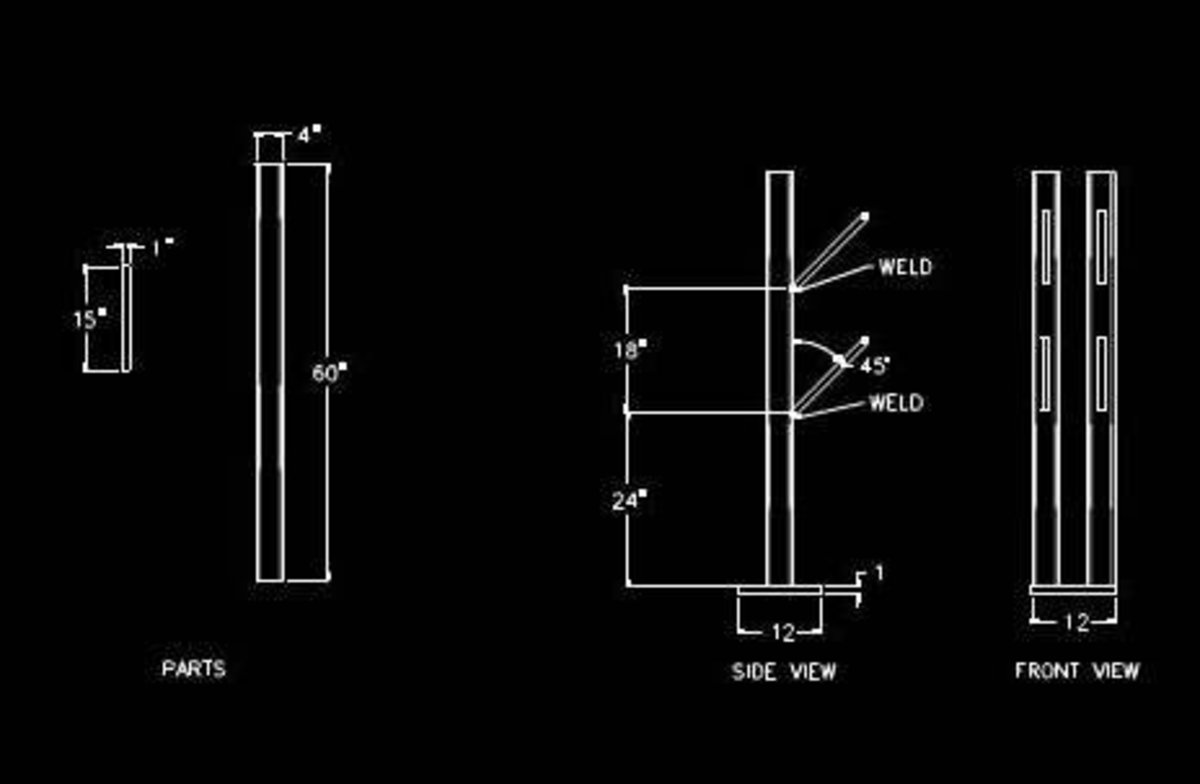
What is Change Management in PDM?
Change management is the process of formally changing documents. Change management ensures that only approved changes are made to documents, forcing review of all changes by a manager or engineer to ensure that they are done correctly on all affected documents. PDM software provides change management capability, where users report problems or request document updates, leading to change requests.
When change requests are approved, they are consolidated into change notices. Drafters or data managers receive the change notices, make changes to all referenced documents, and then send the revised documents to a reviewer. Upon approval, the new versions of the documents are released as the latest approved version. General users may have the option to submit requested changes, but they are prevented from making changes to released documents.
PDM applications help companies meet the configuration management and change management requirements of CMMI. CMMI requires companies to have a consistent method of proposing, approving, changing and updating documents and drawings.
A PDM system allows organizations to assign unique numbers to each change request, track it through the workflow, link other documents that need to be changed to the same change request and monitor the overall rate of change to the documentation.
PDM Workflows
Workflows in PDM generate tasks or notifications as a document proceeds through its lifecycle. Managers may be notified when a team member creates a change request. Data managers and change managers receive emails or tasks to review and approve change requests. Upon approval, drafters or designers are given tasks to update specific documents.
Many Product Data Management system workflows give users the ability to reassign tasks to others in their work group or access level, such as when they are on vacation or are simply overloaded. When the documents have been updated, drafting managers or reviewers receive notices of documents awaiting their review. Upon approval, change managers or the original requester are informed that the latest version of the document has been released.
Without workflows, a PDM system is only a data repository, relying on humans to receive, review, assign and manage the document change and review process.
Records Management in PDM
PDM systems allow companies to automate records management. Access control limits or ACLs define who is allowed to access which documents, update them or review and approve new documents.
PDM software automatically records who access which document and when. PDM systems help companies comply with contractual requirements or government regulations on record retention, since all versions of the document are kept in the PDM database as they are updated. Backups of PDM systems ensure that records are properly retained long term.
PDM systems simplify record holds, since all of the information is in the database, and reports can be generated to create lists of documents related to a specific project or contract. When records disposition is required, PDM systems record the deletion of records and by whom. Many PDM systems place very tight controls on record deletion, preventing general users from deleting records to hide evidence.

Benefits of PDM
PDM software and PDM databases eliminate paper drawings. Users no longer need to print out drawings and pass them around the shop floor. These documents are available to any user with access to the PDM tool, no matter where they are located. Everyone who searches for drawings and documents in the PDM system see the latest released version and may be informed that another version is in work.
PDM systems support design reuse, since the 2-D and 3-D drawings of each part already exist in the database for other drafters to use.
PDM repositories with copies of contracts, SDRLs and work authorizations allow teams to pull up required documents quickly during audits. Change management is simplified with PDM systems. When one part goes obsolete, engineers can query all products that use the part and generate a list of documents, drawings and parts lists that need to be modified. PDM systems allow companies to verify that they are following configuration management standards.
PDM software automatically enforces standards on unique identifiers for records and drawings, since databases do not allow two objects of the same name or identification number to exist. PDM systems create an as-designed record to be used during product verification.
Relationship Between PLM and PDM
The term PDM is often used interchangeably with PLM, product lifecycle management. However, PLM is a broader concept. Product Lifecycle Management data includes information from notes created during the brainstorming of the initial concept to final disposal of the product.
PDM data focuses on the design, configuration, manufacture and shipment of products. PLM data includes PDM, but PLM data also includes sales figures, copies of contracts, budgets and contract closure.

